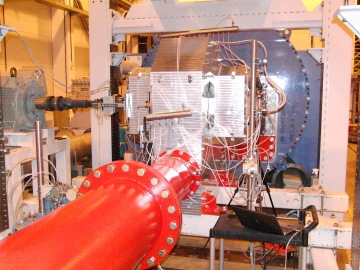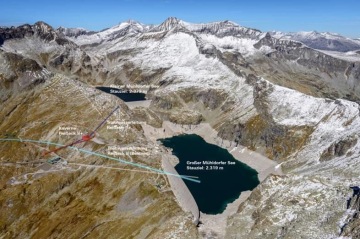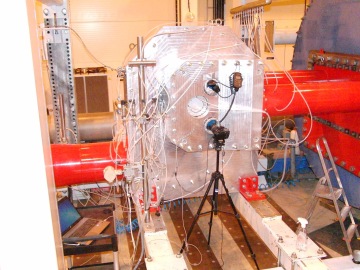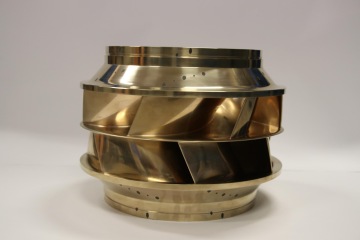Engineers from Litostroj have created a unique solution for an underground power plant in Carinthia
March 7, 2022

The underground engine room of the new Reisseck 2Plus pumped-storage power plant in Carinthia, Austria, will have a significant Czech footprint. The hydraulic profile, which forms the basis of the entire structural design, was made by experts from Litostroj Engineering in Blansko. Litostroj is an industrial pillar of the multinational energy group ENERGO-PRO, with its headquarters in Prague.
The location of the engine room in an underground cavern at an altitude of 2200 metres above sea level required a non-standard solution. The aim was to make the installation as compact as possible. Two double-suction Francis pump turbines with a total maximum output of 50 megawatts will drive a shared motor-generator using a single shaft. "Such a solution is very unusual even in the hydro energy sector. We are pleased that we have managed to meet the expectations of the Austrian power company Verbund, our major customer, again," Lukáš Motyčák, Head of R&D, said. The installation in the underground cavern will allow the year-round operation of the plant with the possibility of maintenance regardless of alpine weather fluctuations, and means only minimal disruption to the surrounding landscape.
The turbine manufacturer Litostroj Power in Slovenian Ljubljana and Litostroj Engineering in Blansko have been involved in the supply of hydropower plants operated by Verbund in Austria and Germany already for a long time. The most recent project in the frame of the new Reisseck 2Plus pumped storage plant construction included also digital simulations and model testing in Litostroj Engineering's hydraulic laboratory.

RIDDLE SOLVED
The hydraulic design of Litostroj Group will make it possible to exploit the untapped energy potential between the two high-mountain reservoirs Kleiner Mühldorfer See and Grosser Mühldorfer See. The new pumped-storage plant in Carinthia will have to handle significant fluctuations in the levels of the two lakes due to the relatively small size of the upper reservoir. "This was the biggest technical challenge that Litostroj Engineering's design department had to deal with," Lukáš Motyčák says.
With the help of numerical flow simulation (CFD) and advanced optimisation algorithms, the hydraulic engineers from Blansko managed to develop the technical solution which, together with the use of frequency converters, enables the Reisseck 2 Plus pumped-storage plant to handle an extremely large range of level differences - from 16 to 112 metres. "This range applies both to pumping of water into the smaller upper reservoir and to the water gradient in the course of power generation," Lukáš Motyčák adds.
The use of a frequency converter also allows to cover the output range from 2 to 50 megawatts. The runners of both horizontal pumping turbines have a diameter of 1830 mm. The new power plant will be connected to the same water supply as the existing Reisseck 2 pumped-storage plant.
START IN TENS OF SECONDS
The Austrian company Verbund envisages the possibility of a fast start-up of the pumped storage plant within tens of seconds. Reisseck 2Plus is thus intended to contribute to the stability of the distribution grid as well as to the successful integration of Carinthian wind and solar power plants into the electricity grid.
The Reisseck 2Plus project aims at achieving a higher capacity of the Reisseck 2 pumped-storage plant – the 430 MW "large hydro battery" that has been operational since 2016. The new hydropower plant will thus boost the Carinthian Malta-Reisseck hydropower system, which is one of the largest in Europe.


